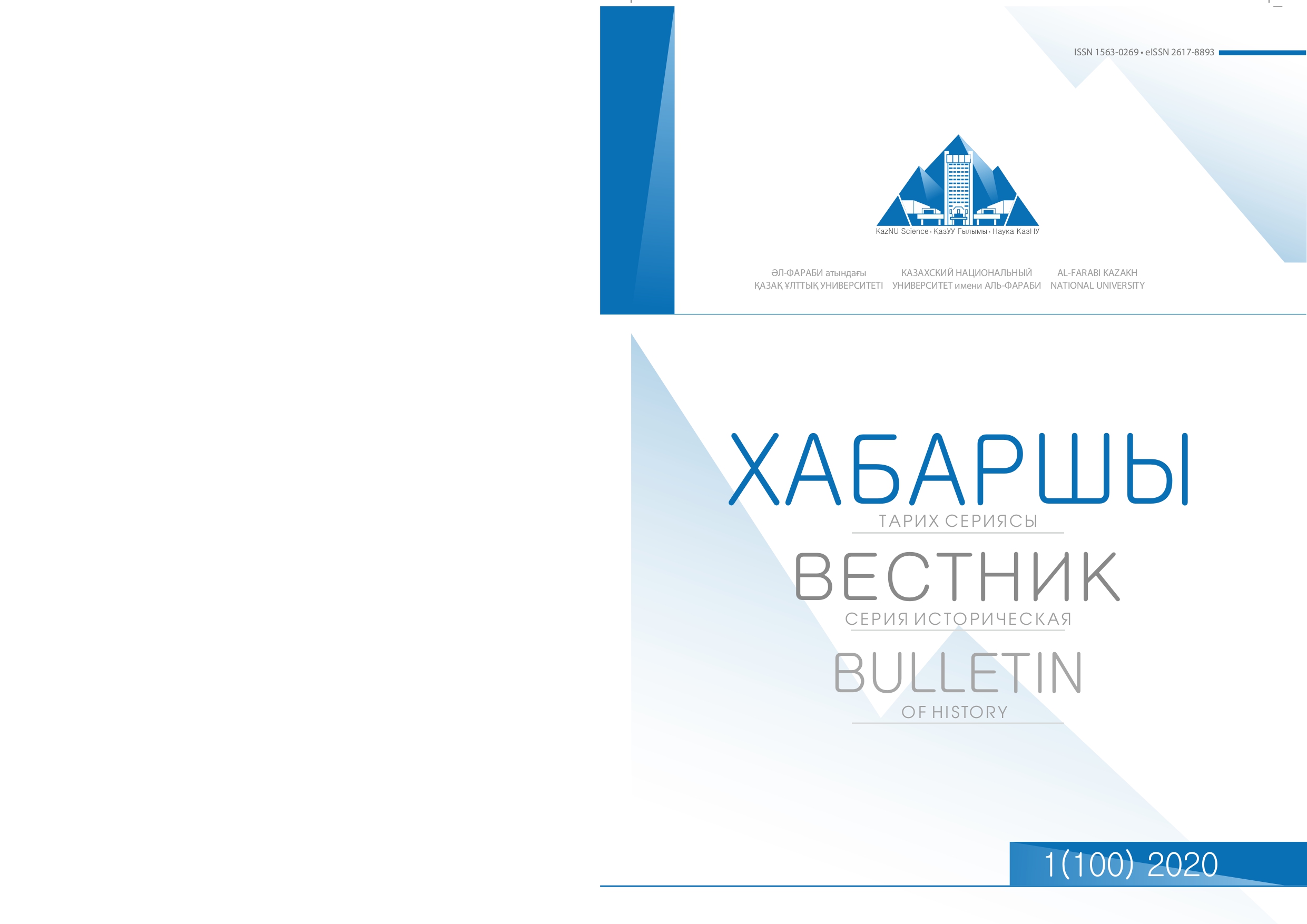Ferdowsi and scheme of ideal policy in Shahnamen from ancient history to the era coincided to his life
DOI:
https://doi.org/10.26577/JH.2021.v100.i1.02Abstract
Shahnameh is one of the world’s best works, which on the one hand as a comprehensive view, it covers the history of Iran from ancient times till poet era and on the other hand, by reporting the actions of the ancient kings, it reveals the heart of the previous predecessors and with a symbolic language within myths and legends, to offer its sublime message to improve human life. Ferdowsi presents the scheme of ideal policy in Shahnameh, which Its main goal is to achieve the best kind of political system for the public welfare in the society and the world. It is based on popular support, political legitimacy, and religious knowledge, which reflects both the relationship between the government and the people and addresses the factors for the separation between them in a rational way. Ferdowsi considers justice as the most fundamental categories of the political system in Shahnameh and he measures the performance of just or oppressive kings with it. He considers rebellious power and its density as a cause of destruction and corruption of the society. He praises the just behavior based on his Islamic beliefs and past divine (Ahurai) norms. Ferdowsi’s goal of an ideal policy is the proper management of society based on the methods of democracy, justice, meritocracy, and law, which shows the political wisdom of Iranians in the past and also reflects the association between religion and politics in the administration of the country. Key words: Shahnameh, Ferdowsi, Ideal Politics, Epic, Myth.




